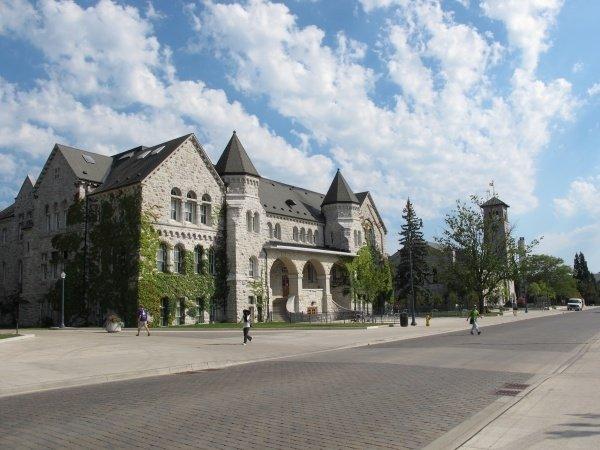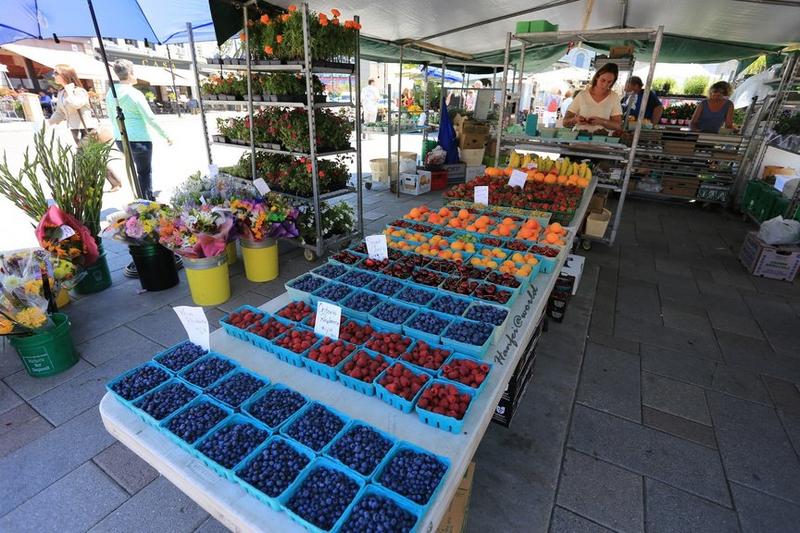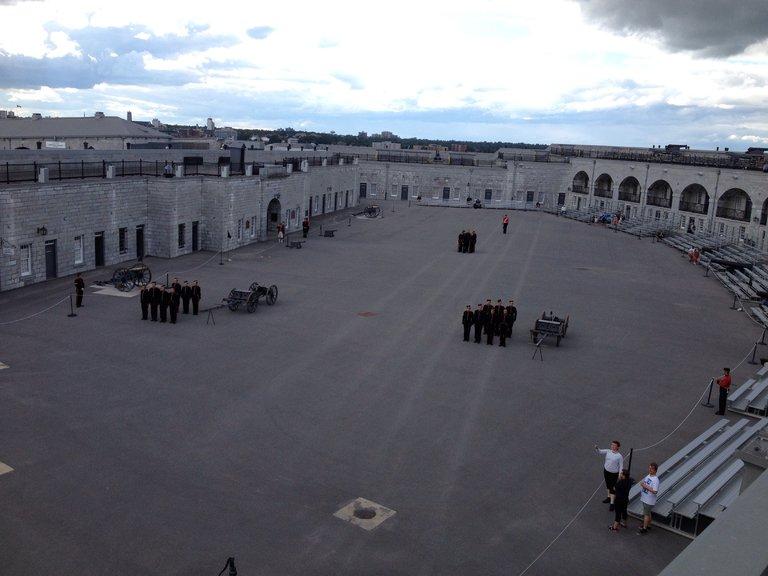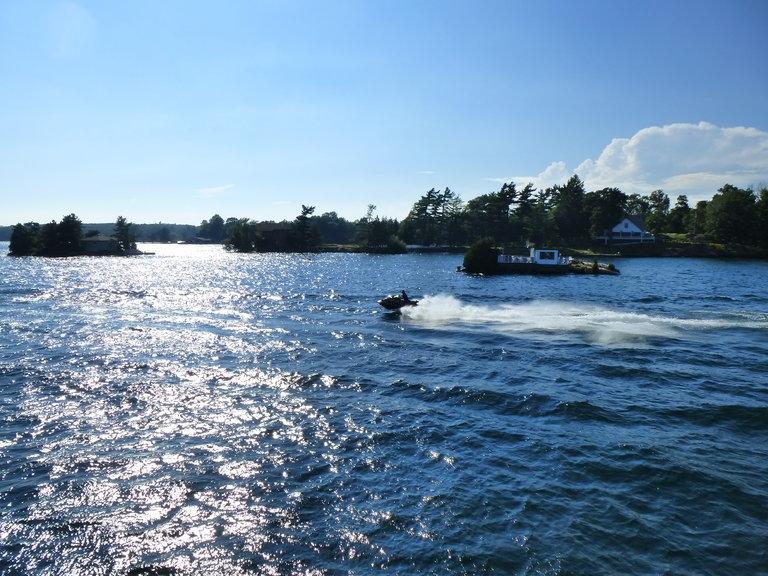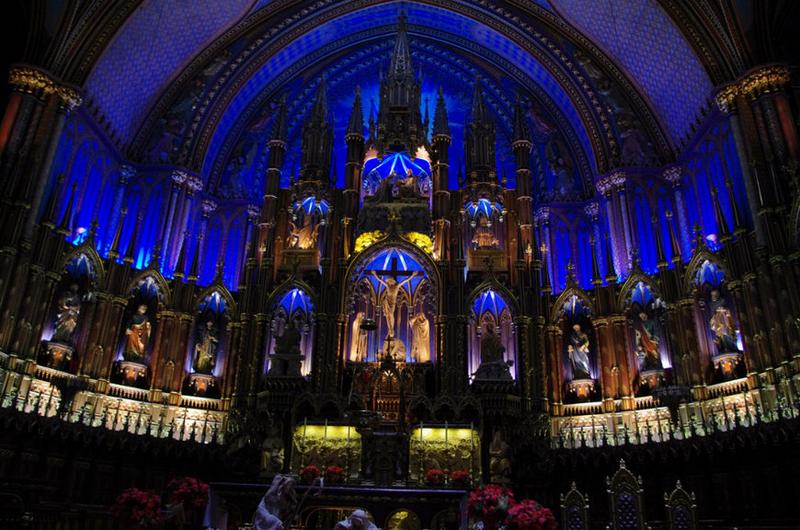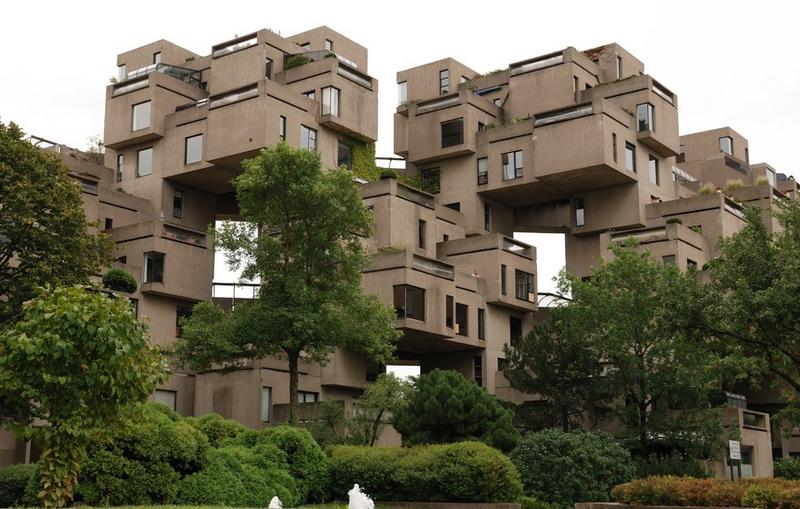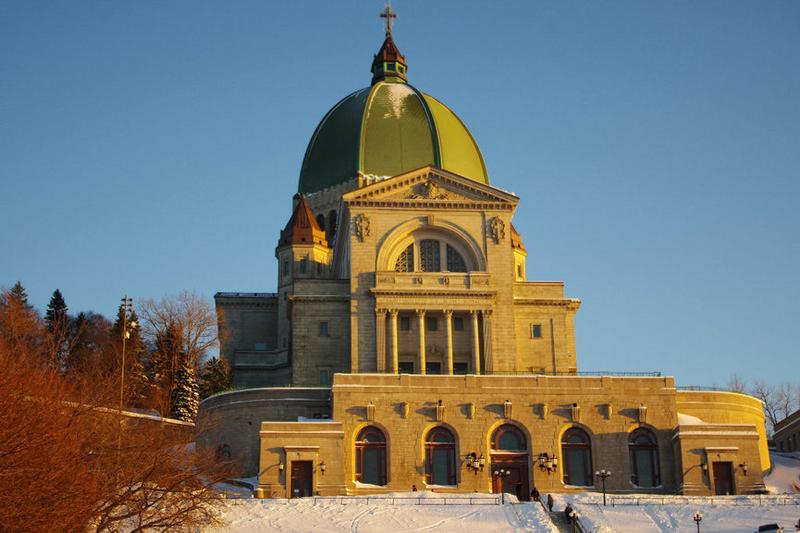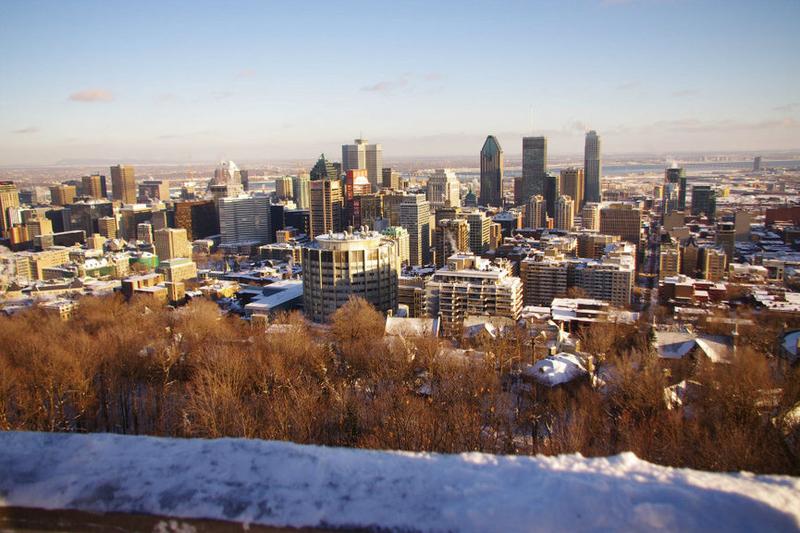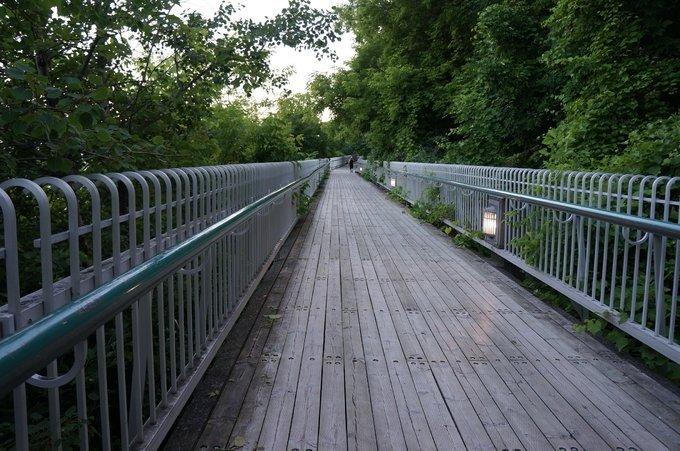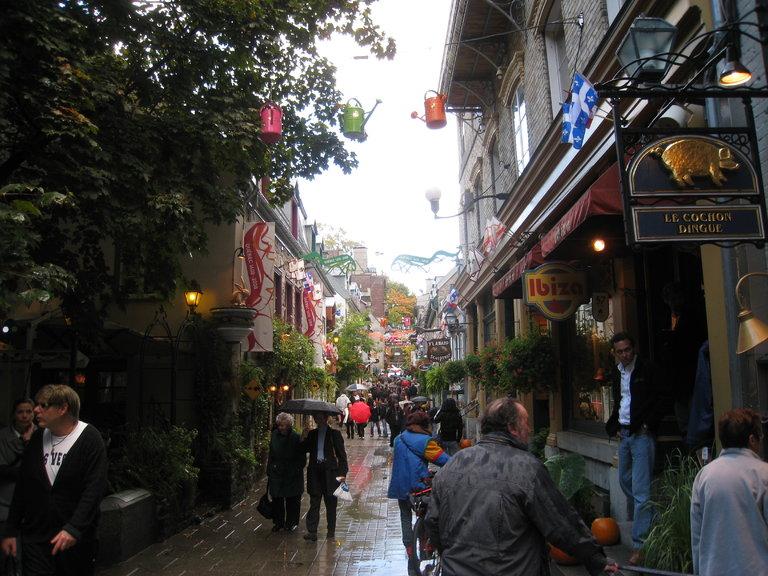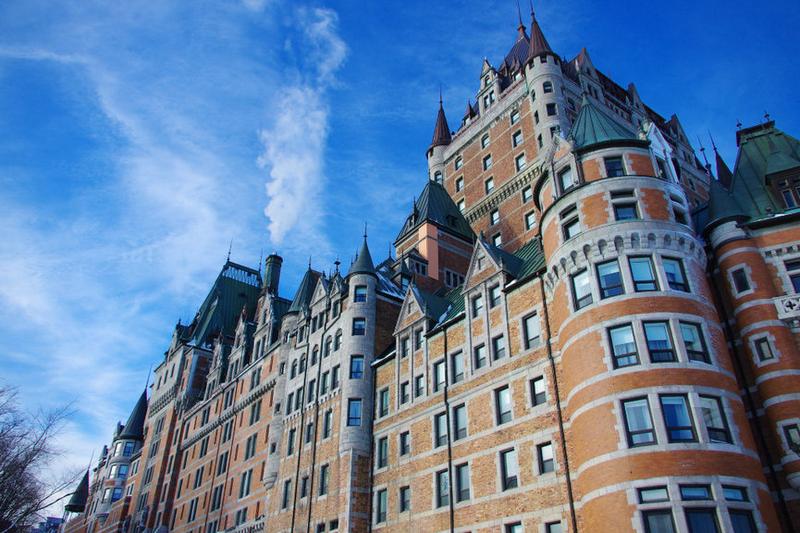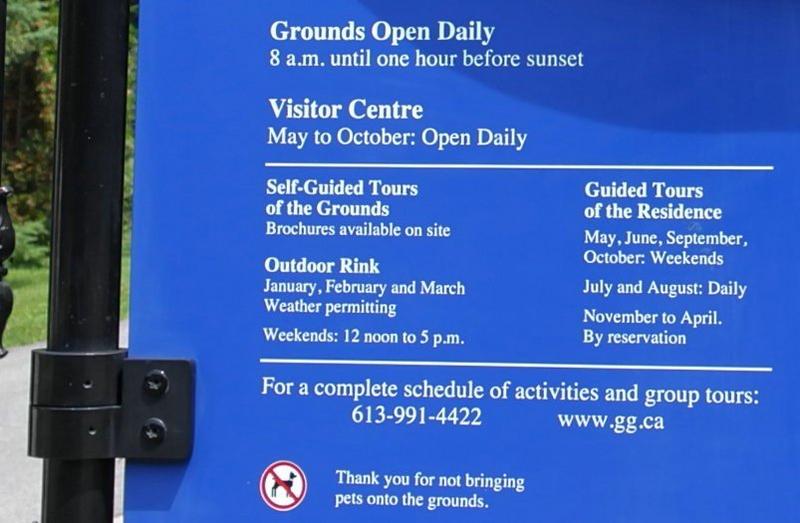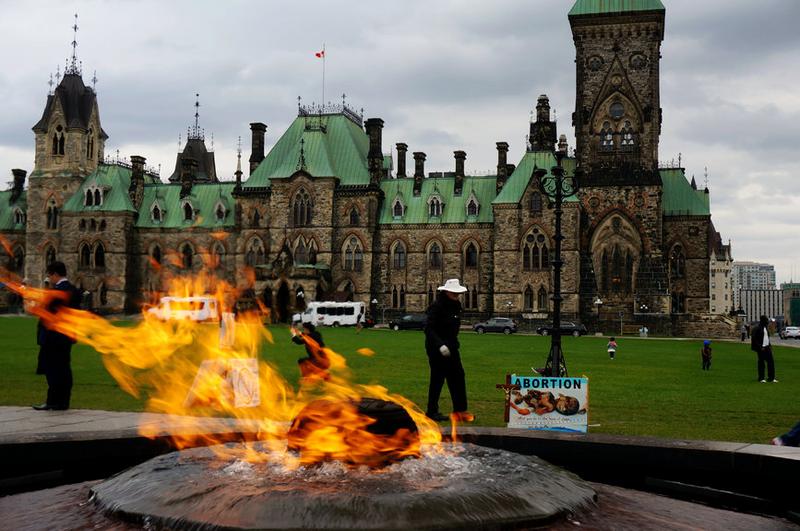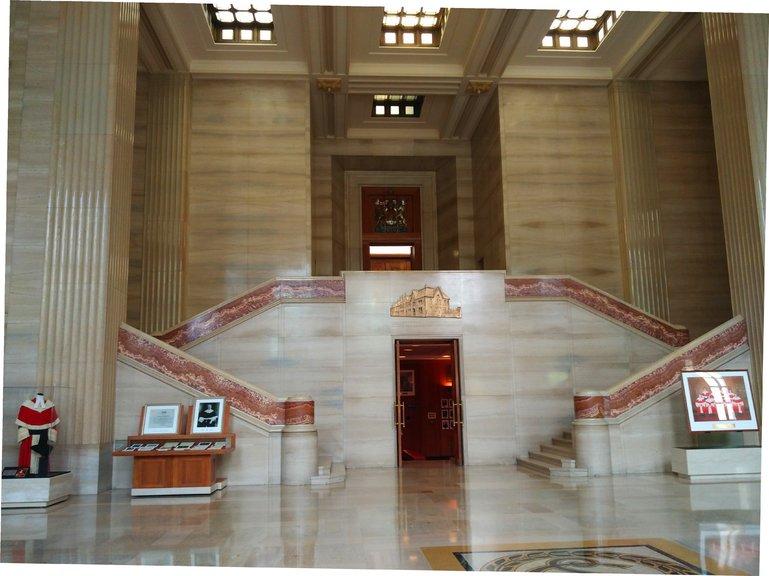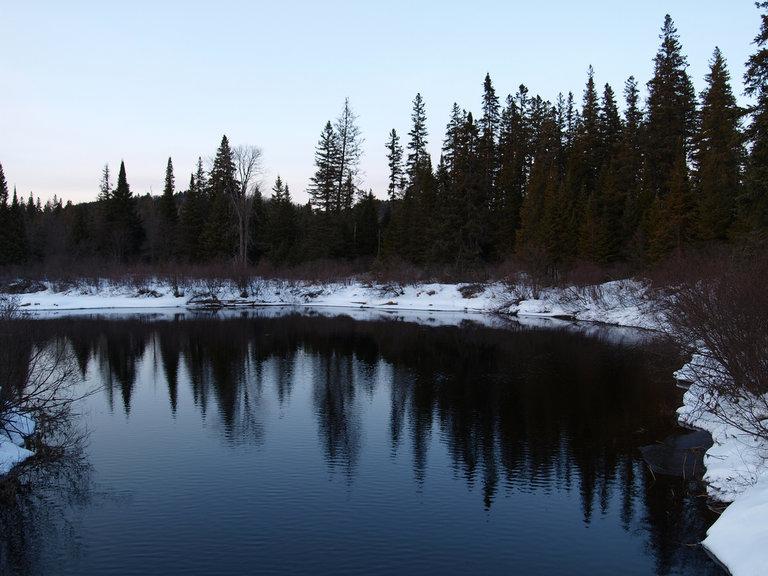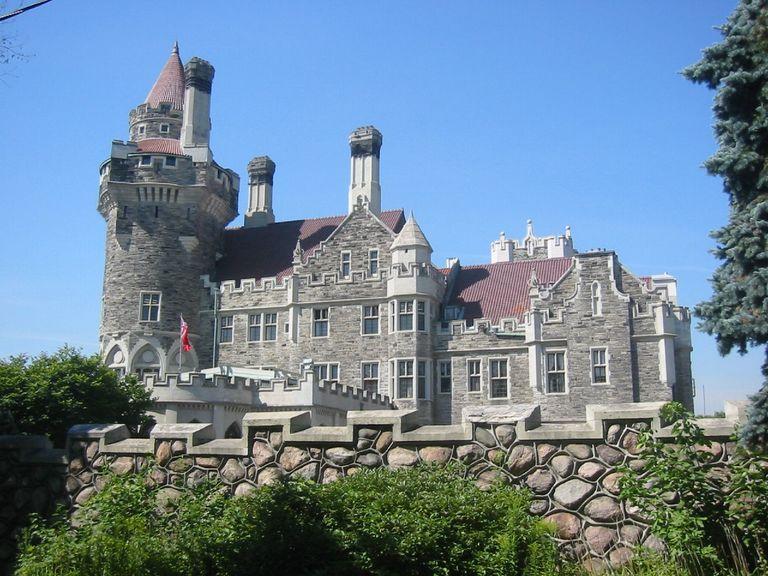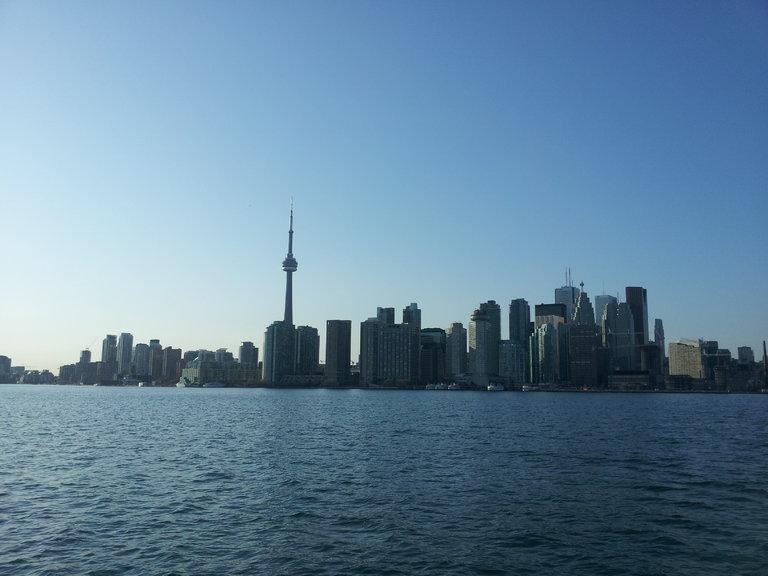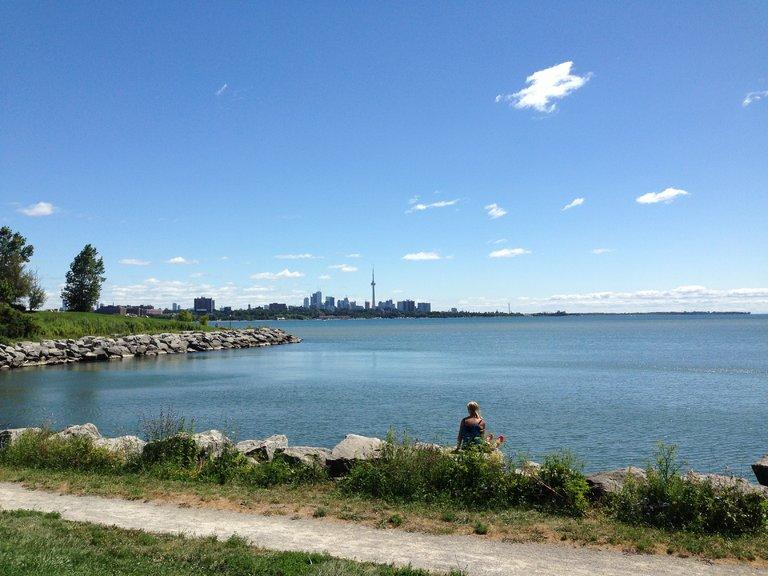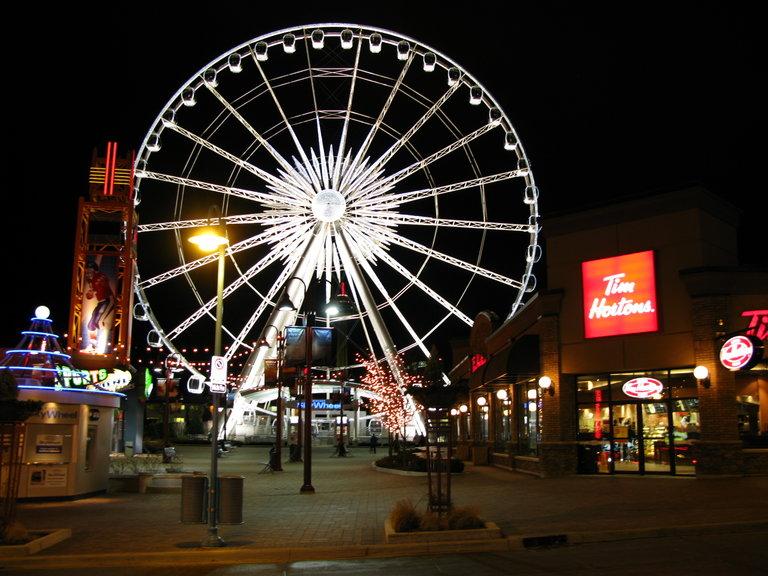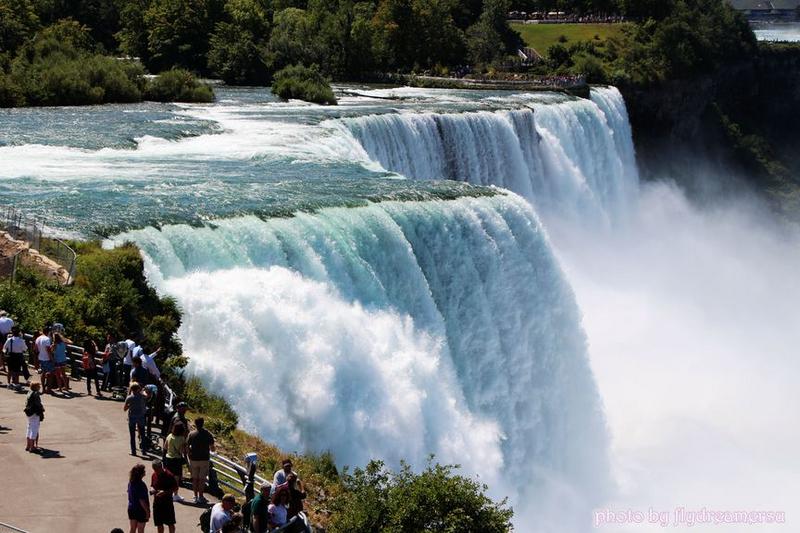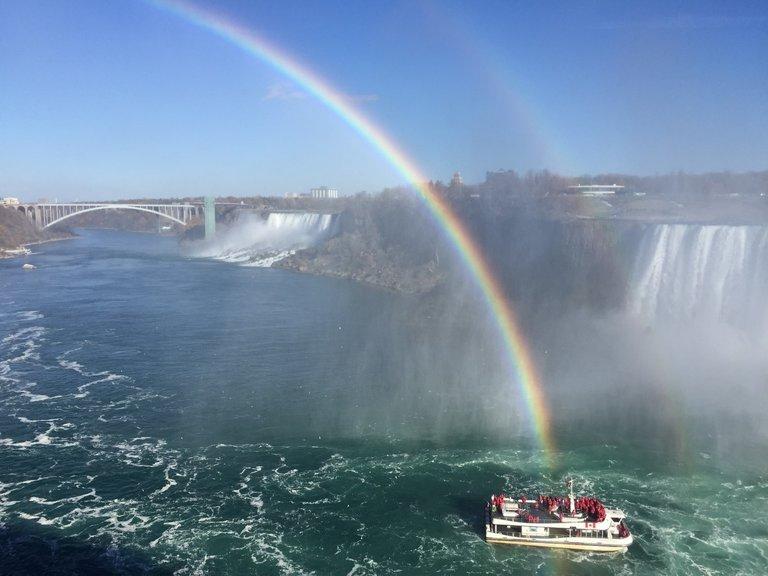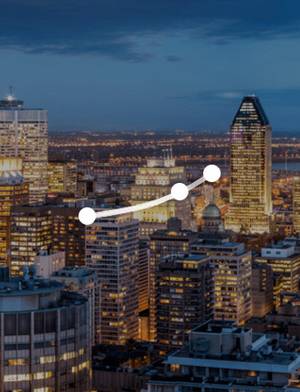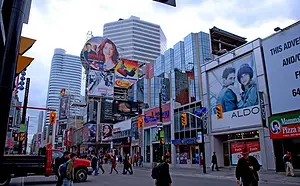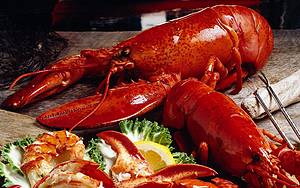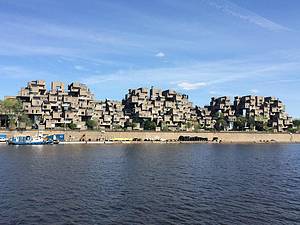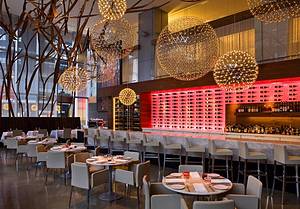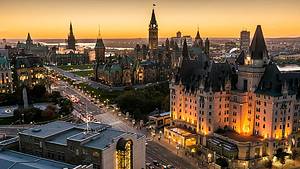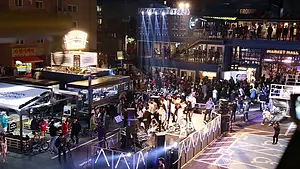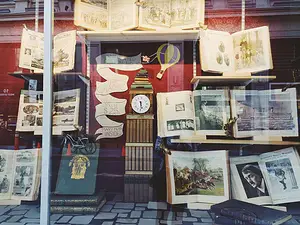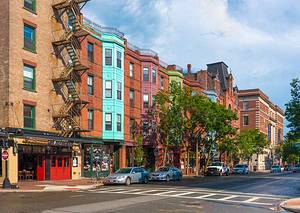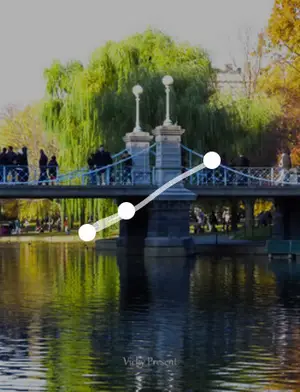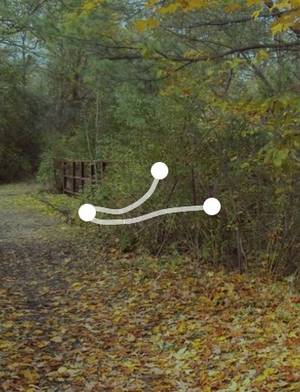7-day National Park tour in Eastern Canada
7 cities |
29 attraction(s) |
total distance 104
km
 TIPS
TIPS
Day1
Day2
Day3
Day4
Day5
Day6
Day7
Day1: Kingston
4 attraction(s) ·
45 km
1
Queen's University, located in Kingston, Ontario, Canada, was established in 1841. It originated from Queen's College, which was founded under a royal charter by Queen Victoria. Known for its emphasis on teaching, Queen's University is not large in size but boasts top-notch schools of business and medicine. Although it does not have an engineering school, it does have a School of Applied Science where the Engineering Physics program is ranked third in North America, following only Princeton University and Cornell University. Queen's University is renowned for its humanities, arts, education, and law programs. It has consistently maintained a high academic standard and is often considered one of Canada's Ivy League schools, along with the University of Toronto and McGill University.
2
km
2
Kingston City Council is the office of the local government and a must-visit place for tourists visiting the Kingston area.
3
km
3
Kingston was once the capital of Canada. Its most famous tourist spot is Fort Henry, which guarded the entrance of the Saint Lawrence River into the Great Lakes and was very functional during the War of 1812.
41
km
4
There is a Thousand Islands Lake near Kingston, located over 200 kilometers southwest of Ottawa, Canada. It was formed during the ice age and is connected to the Atlantic Ocean. There are a total of 1865 islands, with the dividing line in the center of the lake separating it into two parts. The southern bank belongs to New York State, USA, where American flags are often seen flying. The northern bank belongs to Ontario, Canada, where both Canadian and American flags are commonly flown. Of the 1865 islands, two-thirds are within Canadian territory, while the islands owned by the United States are mostly large and have deep water channels leading to the Great Lakes, which consist of five lakes along the Canada-US border: Lake Ontario, Lake Erie, Lake Superior, Lake Michigan, and Lake Huron. In Ivy Lea, a place in Thousand Islands Lake, an international bridge connects the United States and Canada, resembling a natural rainbow and adding a touch of beauty to the lake. Vehicles constantly cross the bridge, creating a bustling scene.
Day2: Montreal
5 attraction(s) ·
17 km
1
The Old Town is the main tourist attraction in Montreal. It is an area bordered by Berri Street and McGill Street to the east and west, and the St. Lawrence River and St. Jacques Street to the north and south. It was once a busy port 300 years ago, but now it is mainly focused on tourism. Walking through the busy harbor of the Old Town, you can see luxurious sightseeing carriages adorned with flowers, passing by exquisite French landscapes and ancient castles. The crisp sound of horse hooves fills the streets with joy and a sense of spring, as if bringing back the old European charm. Walking through the streets, the shimmering, jumping, changing, and moving lights can be both dazzling and bewildering. Various cultural events and festivals, including jazz festivals and the renowned Montreal International Film Festival in August, attract millions of enthusiasts from around the world. In addition, there are various other festivals such as beer festivals, alternative film festivals, French music festivals, and international culinary festivals. Whether it is delicate and exquisite or majestic and grand, every architectural design in the Old Town of Montreal is a beautiful work of art. It is truly a sight to behold and brings endless beauty and enjoyment.
1
km
2
Notre-Dame Cathedral, the largest church in North America, was built in 1829. It is located across from Döllinger Square and is a neo-Gothic Catholic church that can accommodate 5,000 people. The tower on the west side of the church also features the oldest giant clock in North America. The exterior of the church is magnificent and solemn, while the interior is grand and luxurious. The spacious and tall hall, blue ceiling, and stained glass windows, representative of neo-Gothic architecture, are all decorated with artistic details that reflect the wealth of "God." The hall leads to more smaller halls, which are even more luxurious. The church also houses a religious museum that showcases religious art, vestments, etc. Among the exhibits, the exquisite silverware stands out the most. People speak softly and walk quietly in the church, influencing each other in the solemn atmosphere.
4
km
3
Habitat 67 is located on the banks of the Saint Lawrence River and is one of the most unique and creative buildings in Montreal, as well as one of the largest community buildings in the world. It was designed and built by architect Moshe Safdie in 1967, and was also one of the main themes of the 1967 Montreal World Exposition.
10
km
4
Saint Joseph's Oratory of Mount Royal is a Roman Catholic basilica located at the southwest corner of Mount Royal in Montreal, Quebec, Canada.
3
km
5
Mount Royal is the tallest peak in Montreal, established in 1870. It covers an area of 101 hectares and was designed by the famous designer Frederick Law Olmsted, who also designed New York's Central Park. The park retains the natural beauty of Mount Royal, and two lookout points offer charming views of the city. La Fontaine Park is the main green space in the Mount Royal area, covering 40 hectares. The park features two artificial lakes surrounded by maple trees, making it a beautiful spot for maple leaf viewing in Montreal. There are also walking and biking paths along the lake, perfect for picnics.
Day3: Quebec City
5 attraction(s) ·
17 km
1
From Grévinlane Avenue, walking north, there is a magnificent Second Empire-style building on the left, which is the Parliament Hill where the Quebec Provincial Parliament is located. The history of the building is not particularly long, it began construction in 1877 and was completed in 1886, showcasing exquisite French Renaissance style, with a grand appearance resembling the Palace of Versailles in Europe, very attractive. There are 22 bronze statues in the niches on the facade of the building, commemorating those who have made outstanding contributions in the history of Quebec.
1
km
2
The Lower Town is located in a corner of Quebec, and this area is relatively quaint with many exquisite small shops, but the downside is that it is too commercialized.
1
km
3
Old Quebec is a charming neighborhood with a French touch, featuring historic buildings and many exquisite shops. Walking around here is a delightful experience.
1
km
5
Located about 1 kilometer north of Quebec City, this is formed by the Montmorency River dropping vertically from a 83-meter high cliff, which is 1.5 times the height of Niagara Falls and is very spectacular. In winter, the waterfall is reduced to a thin stream, with the rest of it frozen, forming a white jade ice wall. Adventurous people often come here to climb. There are stairs along the cliffside near the waterfall, as well as many close-up viewing paths, gazebos, and bridges, allowing visitors to better appreciate the magnificent scenery of the waterfall. There is an elegant building next to the waterfall, a French restaurant belonging to the waterfall, serving delicious French cuisine and local Quebec dishes.
Day4: Ottawa
6 attraction(s) ·
8 km
1
Rideau Hall, also known as the Governor General's residence, has been the residence and office of successive Governors General of Canada since 1867. It is a Victorian-style building, built in 1838. Compared to other national residences like the White House and Buckingham Palace, Rideau Hall is modest and humble yet dignified and elegant. It is the venue for important ceremonies such as meetings with foreign leaders and recognition of outstanding Canadian citizens. The main building is a three-story, light gray facade, surrounded by a tranquil and lush garden. Every hour, there is a changing of the guard ceremony. Group tours can be booked to visit the interior, and in July and August, visits are also available on weekends without an appointment.
3
km
2
The National Gallery of Canada is a prestigious museum in the Canadian art world. Located a 10-minute walk north along the Rideau Canal from Parliament Hill, you will discover this marvelous building with a light green glass roof. Designed by renowned architect Moshe Safdie, the entrance resembles a crystal drop, and it is filled with geometric beauty. The three-story exhibition space houses a vast collection of artworks, with the second floor dedicated to Canadian and Indigenous works, making it the largest collection of its kind in the world. In addition to static exhibitions, there is also a theater that frequently hosts artistic performances such as operas and symphonies. Visitors to this museum often encounter local celebrities from the cultural scene. Furthermore, there is a refined bookstore on the ground floor, selling various art books and handicrafts, making it a must-visit for those looking to buy souvenirs.
2
km
3
The Royal Canadian Mint, a subsidiary of the Canadian federal government, was established in 1908 and is headquartered in a historic building in downtown Ottawa. The headquarters in Ottawa now houses production facilities for creating various handcrafted collectibles, commemorative coins, gold-plated coins, medals, and commemorative medallions. It is responsible for the design and creation of all exquisite coin dies, which are used for minting circulation coins and collector coins. The facility also possesses advanced engineering techniques for refining gold.
3
km
4
The perpetual flame on the square in front of the Parliament building is the Centennial Flame. It was ignited by Canadian Prime Minister Lester B. Pearson in 1966 to celebrate Canada's centennial. The water and fire symbolize the compatibility of water and fire, symbolizing the peaceful coexistence and cooperation between the French-speaking and English-speaking populations in Canada.
1
km
5
A series of Gothic-style buildings with copper-covered spires overlooking the Ottawa River is Parliament Hill, with the famous clock tower waving the Canadian flag. The solemn National Day parade takes place in front of the Parliament Building, which is imbued with ancient European style. On a summer morning, a cool breeze allows you to observe the Changing of the Guard ceremony of the Royal Guard in front of the Parliament Building. At night, the square in front of the Parliament Building is lit up with an eternal bonfire, accompanied by beautiful music, providing visitors and those seeking solace with great enjoyment.
2
km
6
The Supreme Court of Canada began construction in 1939 and was completed in 1941. However, it was primarily used for government offices during the war for the next four years. It wasn't until 1946 that the Supreme Court moved into the current building. This grand building includes the main entrance hall, the Supreme Court's main courtroom, judges' offices, meeting rooms, administrative offices, a library, and two courtrooms for the Federal Court of Canada. Visitors must join guided tours led by law school students.
Day5: Ontario
1 attraction(s) ·
0 km
1
Algonquin Provincial Park is the oldest, largest, and most famous provincial park in Ontario, covering an area of 7,630 square kilometers, with over 1,000 lakes, 100 bird species, 1,000 plant species, and various wildlife including black bears, moose, beavers, wild rabbits, and wolves. The birthplace of Dr. Norman Bethune, Dr. Bethune House, is located in the town of Gravenhurst in this park.
You can engage in various outdoor activities here, such as camping, fishing, and more.
Day6: Toronto
5 attraction(s) ·
12 km
1
Casa Loma, located in the northwest of downtown Toronto, is a grand mansion that showcases Toronto's history. It was built by Sir Henry Mill Pellatt, a prominent Toronto financier, industrialist, and military figure. Pellatt, who had a deep interest in art and architecture, fulfilled his lifelong dream of owning his own castle in 1911. The castle, designed in a medieval style by renowned architect E.J. Lennox, took nearly three years and over 300 workers to construct. Today, Casa Loma is owned by the City of Toronto and open to visitors. It has been featured in several Hollywood films due to its unique medieval architectural style. The mansion also hosts various charity events and high society parties from time to time.
5
km
2
Yonge-Dundas Square is a well-known commercial center and public square located in downtown Toronto, Canada. It regularly hosts various public events, performances, and exhibitions, making it a prominent landmark and a must-visit destination for tourists in Toronto. With 22 illuminated fountains, visitors can enjoy free performances or simply relax in a peaceful and pleasant environment.
3
km
3
The CN Tower is an iconic building and pride of Toronto. It stands at a height of 553.33 meters and was officially opened in 1976, holding the title of the world's tallest building for 34 years. Its rocket-like shape and unique structure can be seen clearly in most parts of the city. While initially built for television and radio broadcasting, the CN Tower now serves as a main lookout tower and has an observation deck open to tourists. It also continues to serve multiple Canadian television stations and frequency modulation stations. In 1995, the American Society of Civil Engineers listed the CN Tower as one of the "Seven Wonders of the Modern World" (alongside the Golden Gate Bridge in San Francisco, the Panama Canal, and the Empire State Building, among others). The CN Tower consists of a main deck and a skypod. The main deck has 7 floors, with some floors open to visitors. It only takes 58 seconds to reach the observation deck by elevator from the ground. The main lookout and the famous glass floor are located at a height of 243 meters above the ground, equivalent to 113 floors. Visitors with acrophobia should be prepared when looking down through the glass floor. The observation deck offers panoramic views of Toronto. Visitors can also consider dining at the 360 Restaurant, a revolving restaurant on the main deck, while enjoying the view of Toronto from above. In addition, in 2011, the CN Tower introduced the Edge Walk, a thrilling and challenging activity. Under the guidance of trained guides, visitors can walk along the outer edge of the main deck in a complete circle. The 30-minute walk costs 175 CAD and is available from May to October. Visitors can choose to pay an additional fee to take the elevator to the skypod. The skypod is located at a height of 447 meters. There is a telescope available, and on clear days, visitors can even see the Niagara Falls across the lake.
3
km
4
Toronto Island is a series of small islands in Lake Ontario. It features rolling lawns, white sandy beaches, and a large summer amusement park. Motor vehicles are not allowed on the island, but there are rental services for bicycles and small boats. It is a true paradise with greenery, birdsong, and fragrant flowers. There are also beaches, picnic areas, and rental services for bicycles and canoes. You can reach the island from the southern end of Bay Street by ferry in about ten minutes.
2
km
5
The vast lakeside area of Ontario is one of the most beautiful areas in Toronto. After redevelopment starting in 1976, this area has experienced a complete revitalization. The waterfront promenade built along the lake is a place for citizens to rest and is also a tourist attraction. Visitors can take sightseeing boats that cruise along the lake, stroll along the lakefront, and visit various interesting exhibitions and performances at the Harbourfront Centre. Here, you can watch artisans blowing glass, making pottery, and creating jewelry in the craft studios for free. You can also learn kayaking and canoeing, enjoy various performing arts shows, visit a flea market selling crafts, and easily spend a few hours there.
Day7: Niagara Falls
3 attraction(s) ·
7 km
1
The Niagara SkyWheel is located on Clifton Hill in Niagara Falls, Ontario, Canada. This ferris wheel is 53 meters taller than Niagara Falls and is one of the best choices for viewing Horseshoe, American Falls, Niagara River, Niagara Parks, and other iconic landmarks in Niagara.
3
km
3
The Rainbow Bridge spans the Niagara River, connecting Niagara Falls, USA and Niagara Falls, Canada. It can be crossed by car, bicycle, or on foot, allowing visitors to enjoy the beautiful scenery of Niagara Falls while crossing.
